Table of Contents
Introduction
Gaudio is a fresh new face in the IEM scene, hailing from Switzerland and debuting with two triple-BA IEMs: the reference-tuned Nair and what I’d assume to be the “fun-tuned” Clariden.
The units that Gaudio had sent me are minimalistic without retail packaging, hence my lack of any unboxing post. Alongside the custom-imprinted pleather case, the IEMs come with a Satin Audio cable (that I believe is the Hyperion) as well as a selection of Final-E tips, which I assume ranges from XS to XL.
Given Gaudio’s youth, this is an understandably short introduction. Let’s get right to the chase.
These IEMs were kindly provided by Gaudio.
Build & Fit
Loyal readers of my reviews would know that these are not aspects that I often write about, much less dedicate an entire section for, but I feel like I should make an exception in this case.
The shells of Gaudio’s IEMs are, to put it simply, the best universals shells I’ve come across. I truly believe that if every single IEM in the industry was built like the Nair and Clariden, I wouldn’t even mind. Now this may come off as hyperbole or straight shiling, so allow me to justify.
In terms of build, the shell is segmented into three parts: the main aluminium frame, the aluminium faceplate and the stainless steel nozzle. This means that the shells have two seams that join the three parts together, and if I were to really nitpick I would say that I wished that the faceplate seam was a little more discreet and flush, since I could feel the inconsistent finishing when I run my fingers over them (especially around the edges). But overall, the shell materials are dense, sturdy and have considerable (but not overly so) heft to their overall weight.
Not only its build, but the fit is also one of the main highlights of Gaudio IEMs. The overall shape of the shells is undeniably pseudo-custom, which is not a particularly special attribute in today’s IEM market. What makes Gaudio IEMs stand out is the well thought-out nozzle barrel extension that really helps with maintaining a consistently deep insertion depth and thus, a secure fit. Couple that with the nicely contoured concha area, and what you get is easily the best fitting metal-shell IEM out there.
Basically, what you get is the build quality of Campfire Audio IEMs in combination with the fit of great pseudo-custom IEMs like the In-Ear ProPhile-8. Without taking into consideration its sound, I think Gaudio IEMs have at least earned the right to be considered “luxury” and/or “premium”.
That said, these are IEMs we’re talking about. So speaking about sound…
Gaudio Nair
Product page: https://www.gaudiolabs.com/product/buy-nair/
MSRP: 900 CHF ($861.55)
Driver configuration: 3BA
The Nair can be distinguished from the Clariden by its black-logo-on-white-background on its right faceplate.
Signature & Tonality
Not sure how to read measurements? Read the guide here
From a glance, the Nair hits my neutral target curve very closely which also means that it’s very similar to the ProPhile-8 in tone.
Signature-wise, I would consider the Nair as simply “neutral”. It doesn’t follow any academic standard of neutrality (diffuse field, free field, Harman’s speakers-in-a-room etc.) but it does represent what I would subjectively perceive.
Overall, the tone of the Nair is solid in that nothing feels out of place. Nothing is emphasised or recessed to my ears, though the upper treble is distinctly lacking the extension it desperately needs. As a result, the sound of the Nair has no embellishments, no frills, no colouration and ultimately… no fun.
I wouldn’t fault a boring tonality for being… well, boring, but I will fault the Nair’s lack of upward extension which contributes to its dulled flair. With a reference monitor like this, a well-placed treble peak here-and-there can do wonders for the perceived dynamism of its notes (such as the legendary UERM and its signature 10kHz spike), so the Nair really comes off as a lifeless set in comparison. Even when up against its inspiration the PP8, an IEM that isn’t the most dynamic by any means.
That said, the Nair is still a very well-tuned set of IEMs, but there’s really so much you can do with a 3-driver setup and the limitations are in full view here.
Tone grade: A+
For more information on the new grading system, click here
Technicalities
Here’s where things diverge even further from the PP8.
Overall, the technical performance of the Nair is fine but nothing special. The resolution is good but again, nothing exceptional; the imaging is expectedly mediocre (insert usual rant about IEMs having bad imaging here), but my biggest nitpick would be its BA timbre.
Now you would probably not be sensitive to BA timbre (which can be describe as this plasticky, thin quality to the notes) so whatever I’m about to say may not be relevant for your usecase. In terms of what I’m hearing, the Nair struggles to render the lowest octave of sub-bass notes, manifesting themselves as barren farts rather than the bodied rumbles I’m used to in dynamic driver or even hybrid sets. Now, this would apply for almost all pure-BA sets under the sun, but I think the Nair is one of the worse offenders of the whole “BA bass” shenanigans that you might hear me rant about here and there.
Again, the technical performance is alright but there is certainly a lot of headroom left for the Nair to fill up. It won’t compete with the top dogs, but it isn’t a complete shamble either.
Technical grade: B
For more information on the new grading system, click here
Valuation
The Nair is priced at $860, closing in on $900.
Again, I’ve mentioned the build and fit somewhat justifying the monicker of a “luxury premium IEM”, but my value ratings are based on sound alone. And in terms of price-to-sound-performance ratio, the Nair is not what I’d call a bang-for-your-buck deal.
I guess in terms of a niche, the Nair comes at a fraction of the price of the €1,300 InEar ProPhile-8 with a basically similar tuning, albeit with the caveats that I’ve already mentioned. The PP8 does come with better technical performance and also a slight edge in tonal performance, so assuming that all you’re interested in is a Crinacle-neutral/PP8-style tuning, the Nair would be a cheaper alternative.
But for the general user with no assumptions in taste or preference, the Nair is probably not going to be in my list of default recommendations. The market is getting more competitive by the day, and the Nair’s sound needs more refinement to justify its price.
Value rating: N/A
For more information on the value rating system, click here
Gaudio Clariden
Product page: https://www.gaudiolabs.com/product/buy-clariden/
MSRP: 900 CH ($861.55)
Driver configuration: 3BA
The Clariden can be distinguished from the Nair by its red-logo-on-black-background on its right faceplate.
Signature & Tonality
Not sure how to read measurements? Read the guide here
The sound signature of the Clariden can be describe as a “warm V-shape”, with its wide-band boost between 20Hz and 800Hz alongside a sharp peak in the higher treble regions. The 9.5kHz peak is inherent to the drivers, while the 7.5kHz peak is due to coupler resonance.
The first thing that comes to mind when listening to the Clariden is that it sounds “inspired” from the Campfire Andromeda’s unique tonality, which is somewhat confirmed on FR as well:
Where the Nair is precise and neutral in its tuning, the Clariden is complementary in the sense that it’s quirky and highly coloured, which isn’t necessarily a bad thing. The Clariden seems to address the lack of pinna gain in the Andromeda but it comes with an unintended side effect: the treble on the Clariden does not have the same “sparkle” due to a reduced midrange-to-treble contrast, and so the Clariden ends up sounding uneven instead.
If there’s one thing I’d say that the Clariden’s tone does better than the Nair, it’s that the Clariden has actual treble extension. The Clariden is certainly the clearer and more “defined” of the two, mostly owing to the extra sparkle that the higher frequencies bring.
Overall, the tonality of the Clariden is alright but nothing that immediately grabs my attention or represents a balanced tuning. Definitely one of those “try before you buy” IEMs that most people wouldn’t be completely comfortable with.
Tone grade: B-
For more information on the new grading system, click here
Technicalities
It’s the same story as the Nair so I won’t waste words repeating myself.
That said, the treble peaks do result in higher perceived detail compared to the Nair, but I would consider that a clarity boost as a result of tonality as opposed to an outright superiority in resolving ability. The Clariden is alright, but don’t expect it to be a technical set.
Technical grade: B
For more information on the new grading system, click here
Valuation
Being priced the same as the Nair, the Clariden also presents a similar value proposition… albeit without a “niche”. Therefore it’s hard to really find a situation where I would recommend the Clariden as a first pick, unless you were really in love with its tuning.
$900 is entering the range where I’d expect at least an “A” overall rating to justify its price, and that means excelling in both tonality and technicalities. And with regards to the Clariden… it’ll need more than what it can currently dish out to spar with the top tier competitors.
Value rating: N/A
For more information on the value rating system, click here
Conclusion
Gaudio’s debut IEMs are a decent first-try effort that shows their potential as a company, but isn’t the most competitive in the sub-$1000 market that they had positioned themselves.
That said, their build and fit are some of (if not the) best in the industry right now, and Gaudio could easily become a powerhouse in the IEM market with a little extra refinement to their sound. But for now, they’d have to settle for “it’s alright”.
Gaudio Nair
Grade: B+
Gaudio Clariden
Grade: B-
For more information on the new grading system, click here
I’ll be dedicating my time to completing the Headphone Ranking List from here.
Support me on Patreon to get access to tentative ranks, the exclusive “Clubhouse” Discord server and/or access to the Premium Graph Comparison Tool! My usual thanks to all my current supporters and shoutouts to my big money boys:
“McMadface”
“Desertscrub”
“Galactus”
Will
Kurt
Man Ho
Denis
Nicholas
Alexander
Andrew
Ted
chisquare
Rene
“Brbi2kCRO”

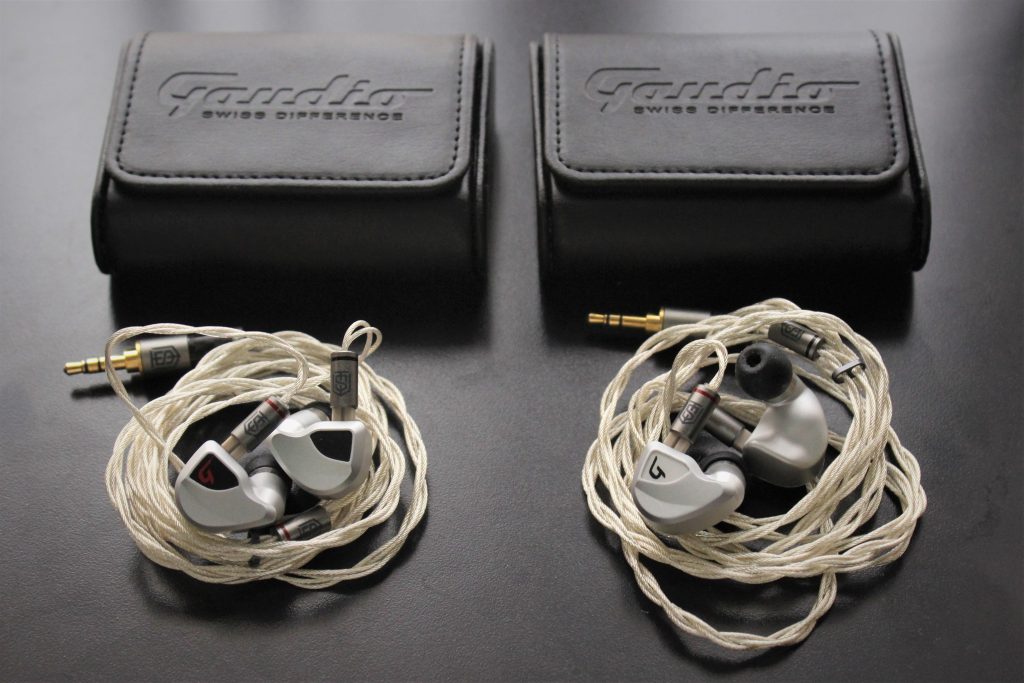
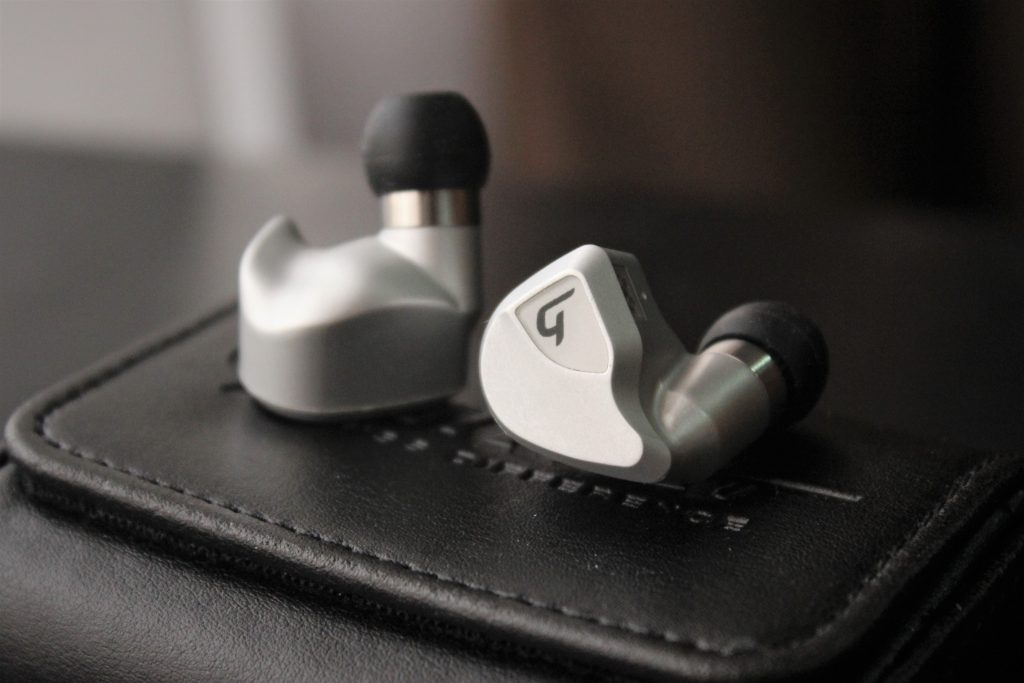


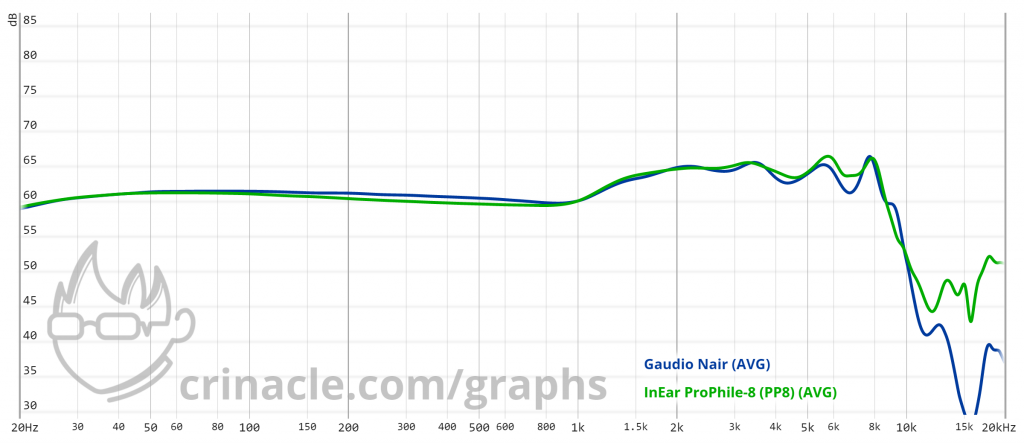
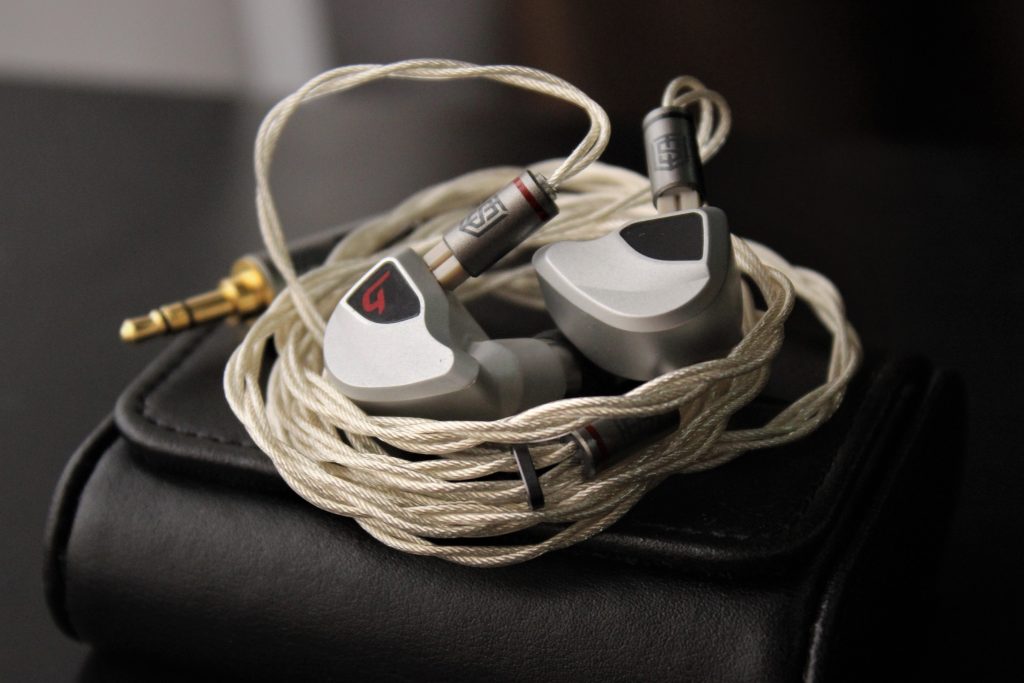



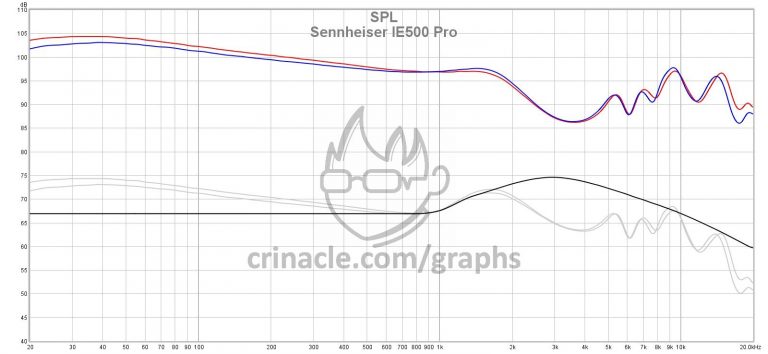
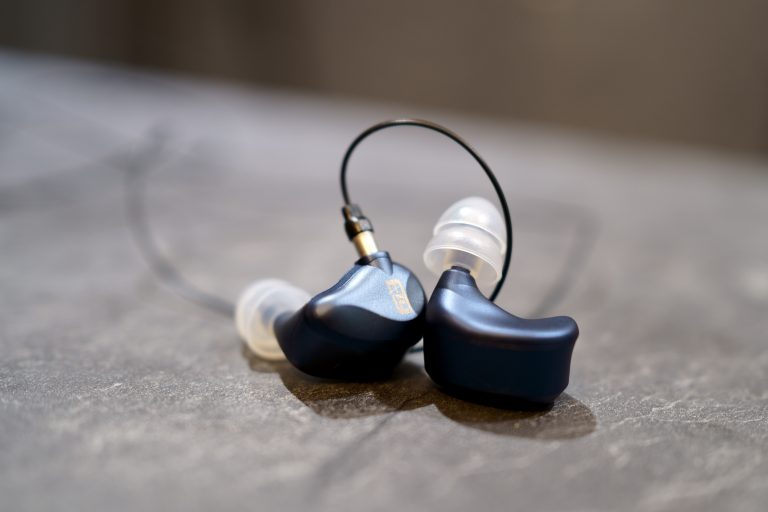

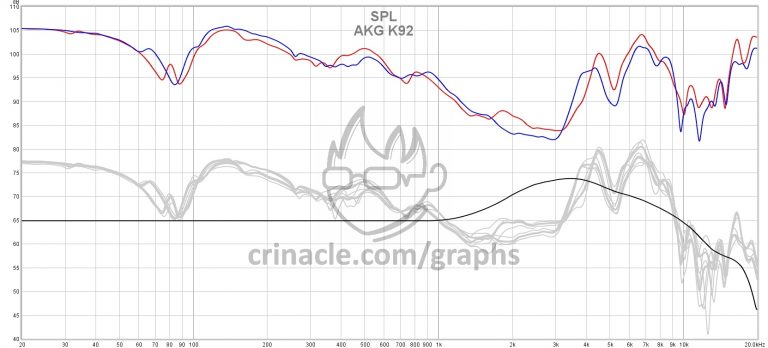





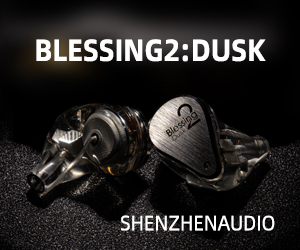
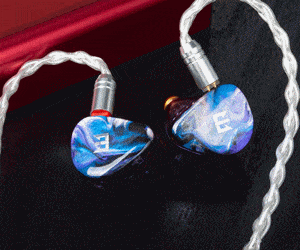

1 thought on “Gaudio Nair & Clariden Review: Swiss Engineering”
Satin Audio’s website says that the cable supplied is the Hyperion.
https://satinaudio.com/en/collaboration?v=7516fd43adaa#1589551452054-bca3afa6-8f38
Correct guess!